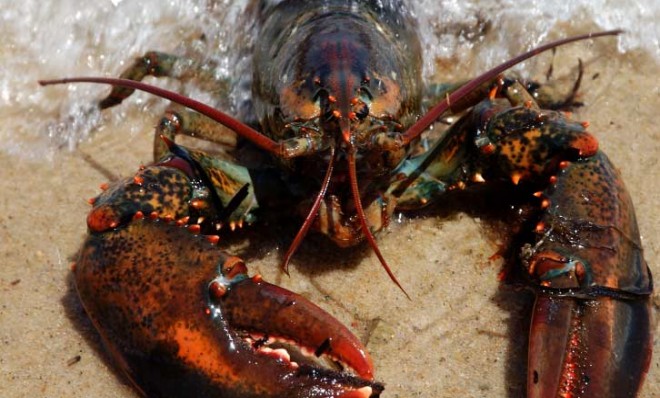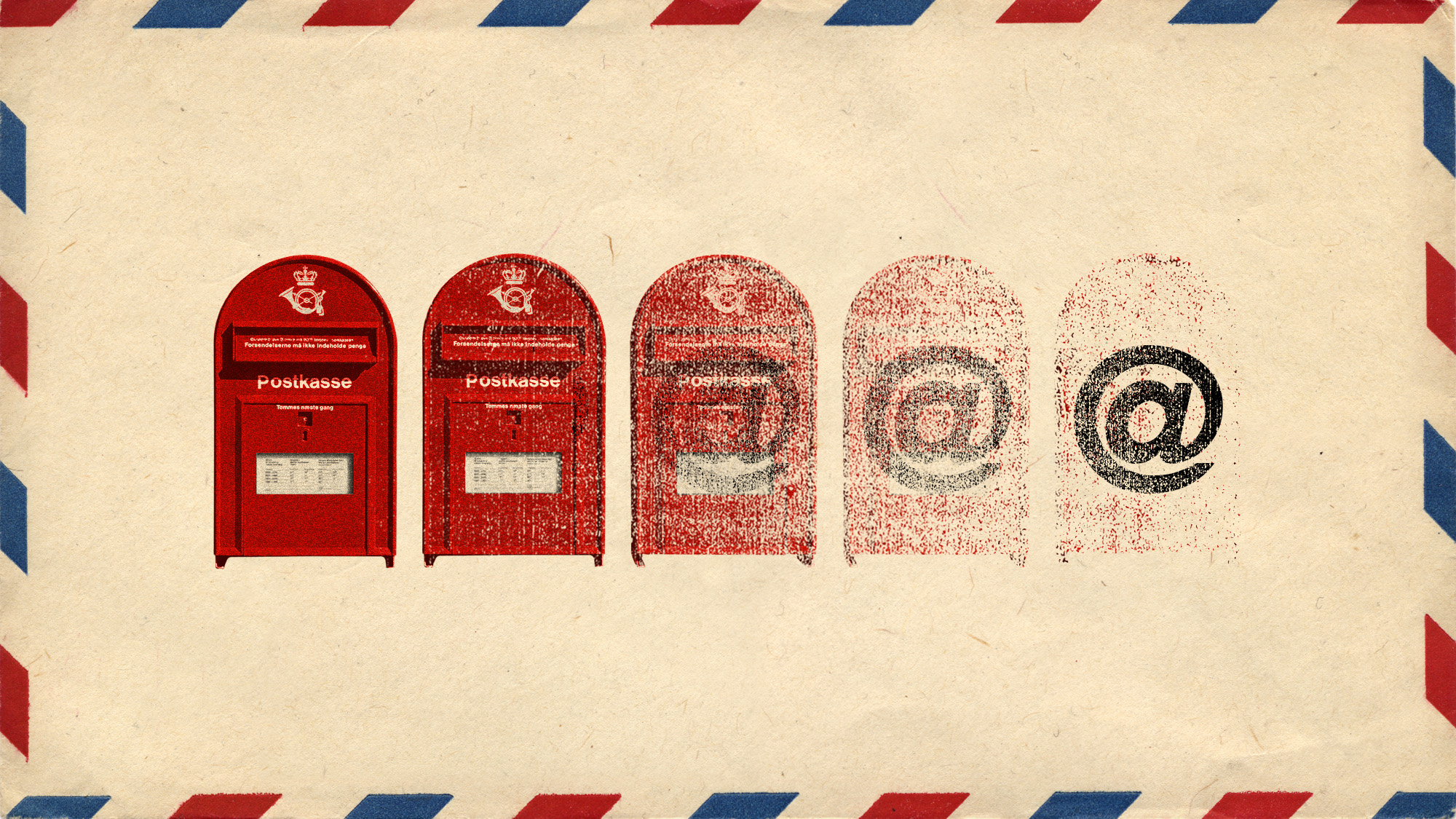How to calculate a lobster's age
Scientists learn that you can count the crustacean's rings to determine how old it is, just like you would a tree

Lobsters are as mysterious as they are delicious. Nobody knows exactly how old they can get, though some experts estimate that an undisturbed shellfish can crawl around the ocean floor for upwards of a century. For fisherman, calculating a lobster's age has largely been a game of guesswork.
Now a study from the University of New Brunswick is helping to demystify the process by applying a technique used to assess the age of trees: Counting its rings. Clarke Canfield at The Associated Press explains:
Before now, scientists deduced a lobster's age judging by size and other variables. But it's now known that lobsters and other crustaceans, such as crabs and shrimp, grow one ring per year in hidden-away internal spots.
Marine biologists could already calculate a fish's age by counting the growth rings in the bony part of its inner ear, a shark's from the rings in its vertebrae, and a clam's from the rings on its shell. Lobsters and crabs, however, didn't previously appear to have any such identifying parts, namely because they shed their calcified shells every year.
The Week
Escape your echo chamber. Get the facts behind the news, plus analysis from multiple perspectives.

Sign up for The Week's Free Newsletters
From our morning news briefing to a weekly Good News Newsletter, get the best of The Week delivered directly to your inbox.
From our morning news briefing to a weekly Good News Newsletter, get the best of The Week delivered directly to your inbox.
But researcher Raouf Kilada and his colleagues found that lobsters and crabs, in fact, have two different body parts that don't molt off and therefore accumulate rings: The eyestalk (the thin connection between the eyeball and the head) and the gastric mills (a part of the stomach equipped with "teeth" to help the lobster break down food). These parts can be looked at under a microscope to accurately calculate a lobster's age, which is important for any commercially fished species to "ensure sustainability," said Raouf Kilada.
And just in case you ever wondered what a lobster hatching eggs looks like, well, here it is:
A free daily email with the biggest news stories of the day – and the best features from TheWeek.com
-
 Denmark scraps letters and its iconic red postboxes
Denmark scraps letters and its iconic red postboxesUnder the Radar Danish posties say ‘farvel’ to 400 years of tradition but can Royal Mail weather the storm?
-
 What role will Trump play in the battle over Warner Bros. Discovery?
What role will Trump play in the battle over Warner Bros. Discovery?Today’s Big Question Netflix and Paramount fight for the president’s approval
-
 ‘The menu’s other highlights smack of the surreal’
‘The menu’s other highlights smack of the surreal’Instant Opinion Opinion, comment and editorials of the day
